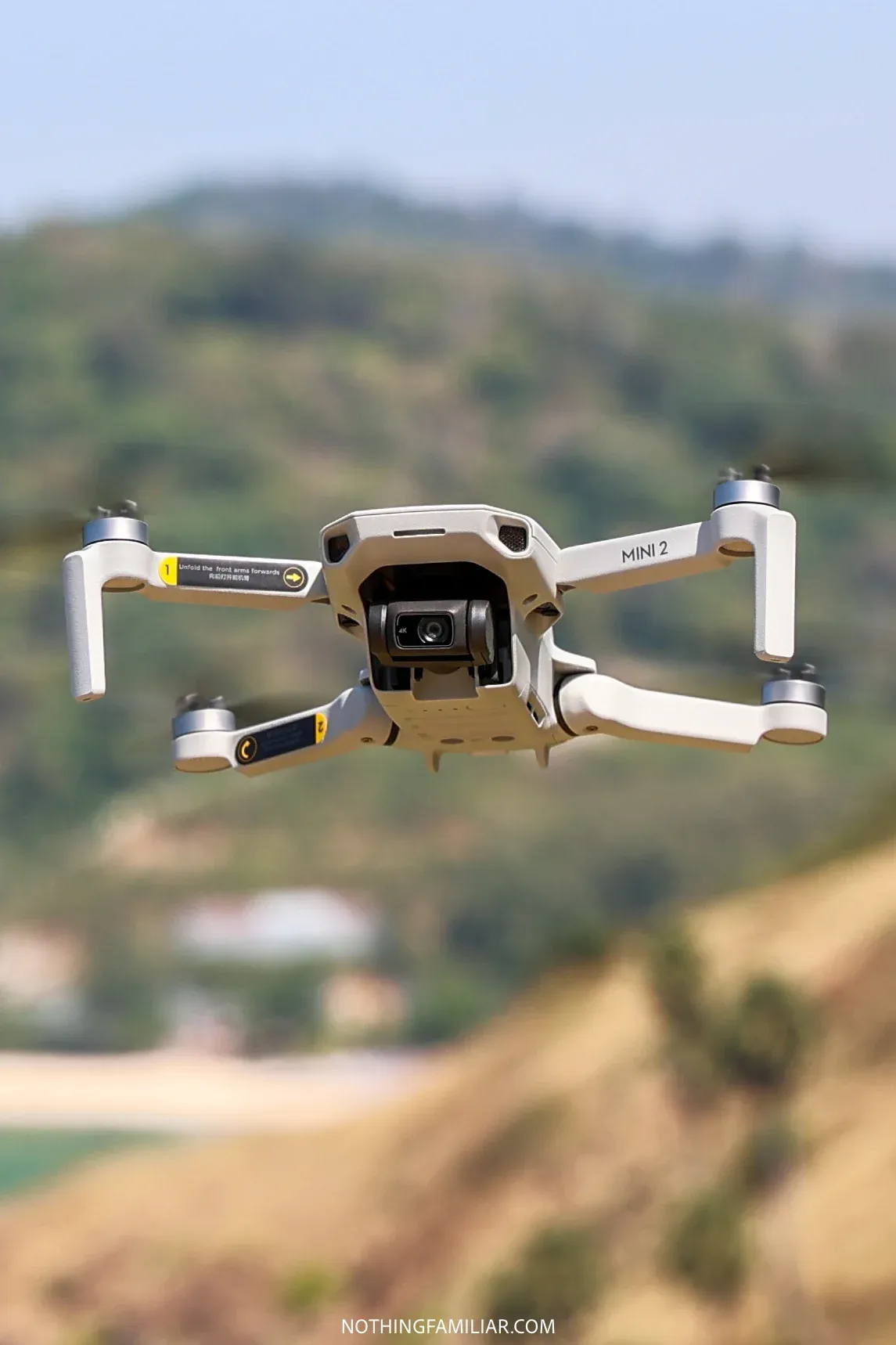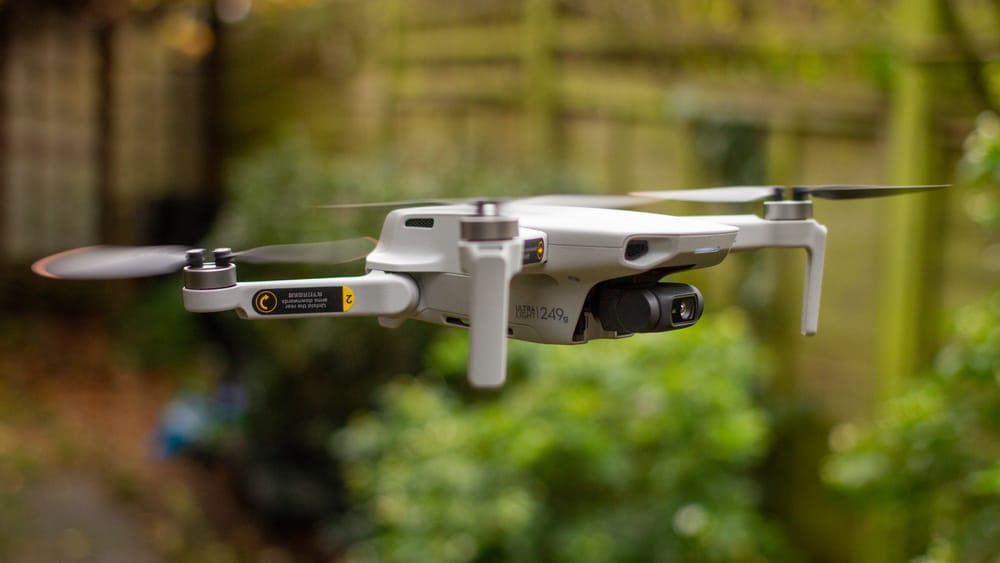Is the DJI Mini 2 Still Worth It in 2025? A Drone Retrospective
When DJI released the Mini 2 in late 2020, it was met with much praise for being a lightweight yet capable entry-point drone. Fast forward to 2025, and the drone landscape has changed a lot — newer models with better cameras, smarter features, and more automation are now commonplace. But the Mini 2 still holds a place, especially for hobbyists, travelers, and beginners. This post takes a look at what the DJI Mini 2 brings in 2025: its strengths, its weaknesses, and whether it still makes sense to own or buy one today.
A Quick Recap: What Is the DJI Mini 2?
Before diving in, here’s a quick summary of what the Mini 2 offers (and offered when new):
- Weight: ~ 242 g including battery, props, and microSD card (keeping it under the 249 g threshold many regulators use)
- Camera: 12 MP stills, 4K/30fps video (maximum)
- Transmission / control: OcuSync 2.0, with up to ~ 10 km video link (line-of-sight)
- Flight time: up to ~ 31 minutes under ideal conditions
- Sensors & automation: Only downward-facing vision sensors (for stable hovering and landing). No forward/backward obstacle avoidance; no ActiveTrack or advanced subject-tracking modes.
- Wind resistance: Rated Level 5 (i.e. can handle moderately windy conditions)
- QuickShot / panorama modes: DJI included a set of automatic modes (Circle, Helix, Rocket, etc.) and panorama shooting support.
At launch, it was praised for hitting a “sweet spot” in size, performance, and price.

How It Holds Up in 2025
Over the years, technology marches on. Let’s evaluate how the Mini 2 stacks against newer alternatives in 2025, and in what scenarios it still makes sense.
Strengths That Still Shine
- Portability & regulatory sweet-spot
That sub-250g weight continues to be a key advantage. In many countries (including the U.S., parts of Europe, etc.), drones under that weight may avoid stricter registration or permit requirements. Because the Mini 2 still hovers below that limit, it remains convenient for travel, casual aerial photography, and pilots who don’t want to deal with heavy regulatory burdens. - Decent imaging for the price
For 4K/30fps recording and 12MP photos, the Mini 2 still produces usable content for social media, blogs, and hobbyist video work. It won’t compete with newer models in low-light or high dynamic range, but for clear-day shots it can still do a solid job. - Stable flight & reliability
The OcuSync 2.0 link is still reliable, and the drone performs well in moderately windy conditions. Many users in 2024–2025 still report good performance, provided conditions are favorable. - Cost-effectiveness
As newer drones come in at premium prices, the Mini 2 remains a budget-friendly way to fly a 4K drone. For many, the cost-to-capability ratio is attractive.
Weaknesses & Where It Falls Behind
- Lack of obstacle avoidance / smart tracking
As of 2025, many newer drones offer multi-directional obstacle sensing, ActiveTrack, advanced waypoint planning, and subject-tracking features. The Mini 2 has none of these — so flying in tight areas, around trees, or attempting cinematic subject tracking is riskier or more manual. - Low light and dynamic range limitations
The 1/2.3″ sensor and f/2.8 aperture (typical for drones of its class) limit performance in low-light conditions. Shadows and highlights may not be handled as well as in newer drones with larger sensors and better HDR processing. - Software aging & app stability
Some users in earlier years complained about occasional DJI Fly app crashes or issues with phone compatibility. In 2025, if DJI hasn’t fully patched or optimized the app for all modern phones, those issues could still surface. - Competition from newer models
By 2025, DJI has released newer “Mini” class models (Mini 3, Mini 4, etc.) that offer better cameras, more features, and improved automation. For a modest price increase, many buyers opt for those instead. - Parts & sustainability
As models age, spare parts availability (batteries, propellers, gimbal components) might become more limited. While DJI tends to support their popular models, demand may shift toward newer drones, making long-term repairs more challenging.
Real-World Use Cases in 2025
- Good fit: Travelers, vloggers, hobbyists who want a lightweight, no-fuss drone under 250g, capturing decent aerial footage without needing all the bells and whistles.
- Less ideal: Cinematographers, professional content creators, or those needing strong low-light, HDR, or automated tracking systems — for them, the newer models may be more compelling.
- Secondary / backup drone: The Mini 2 can still function well as a backup or “travel spare” even if your main drone is something more advanced.
Buying or Owning a Mini 2 in 2025 — Tips
If you already own a Mini 2 or thinking of getting one in 2025, here are some practical tips:
- Check firmware & software updates — ensure you have the latest DJI Fly app and firmware to mitigate any lingering stability issues.
- Buy a Fly More Combo / extra batteries — having multiple batteries increases your flight time significantly without waiting for charging.
- Inspect used / second-hand carefully — because it’s an older model, many Mini 2 units will be on secondhand markets; check gimbal condition, motor sounds, and sensor cleanliness.
- Use ND / filters — to help with exposure control, especially for video in brighter conditions.
- Plan flights smartly — avoid flying in low-light, heavy wind, or cluttered environments where the lack of obstacle sensing is a liability.
- Consider the drone ecosystem — check what spare parts, accessories, and support are still easily available in your region.
Verdict: Still Worth It?
Yes — under the right conditions, the DJI Mini 2 is still a viable and attractive drone in 2025, especially for entry-level users, travelers, and those wanting a capable aerial camera without the complexity or cost of high-end models.
However, if your needs involve advanced automation, low-light performance, obstacle avoidance, or cinematic tracking, opting for a newer “Mini” class drone may be more future-proof.
